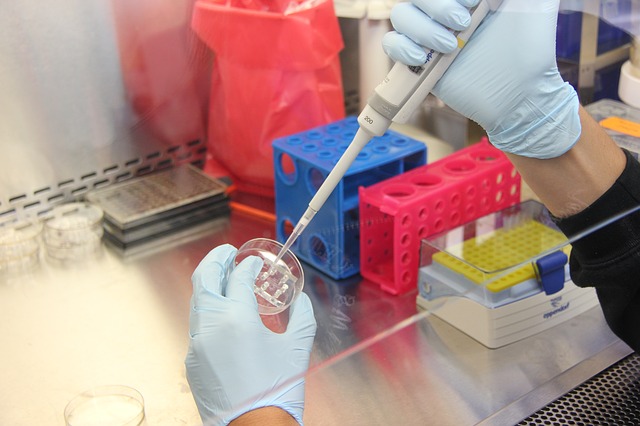May 2004 - Adults and older kids with diabetes who use a pump to deliver insulin have better control of their diabetes and more flexibility during mealtimes than when they relied on daily insulin shots.
That had parents of younger kids clambering to get this state-of-the-art care as well, but there was limited information about whether the insulin pump was safe and effective in preschoolers.
Now, the results of a pilot study from the University of Michigan Health System suggest the pump is just as effective as insulin injections at controlling Type 1 diabetes in preschool-aged children � and with less stress and worry for parents.
The study, which will be presented May 1 at the Pediatric Academic Societies' annual meeting in San Francisco, looked at 16 children ages 3-5 with diabetes. The children were randomly assigned to get either insulin pump therapy or insulin injection treatment.
The children's blood sugars were measured and each child was given a special sensor for 72 hours that continuously tracked blood sugars to show how stable they were over time. Parents were asked about quality of life issues related to their child's diabetes care. Families were seen in clinic once a month for medical care and diabetes education.
Continue Reading Below ↓↓↓
After six months, the researchers repeated the blood sugar testing and quality of life assessment.
Blood glucose levels remained stable for both groups and there were no differences between the groups in episodes of high or low blood sugars, suggesting effective diabetes management by both the pump and injections.
"Based on this data, the pump is an effective and safe method of managing diabetes in young kids," says Lisa Opipari-Arrigan, Ph.D., clinical assistant professor of Pediatrics at the U-M Medical School.
In addition, parents of children using the pump reported less worry and emotional stress at the end of the study, while parents whose children received insulin injections reported more anxiety and parenting stress. After the study, all of the children from the pump group continued using the pump. Half the children from the injection group switched to the pump.
"The families really liked the insulin pump and the flexibility it gave them in monitoring their child's diabetes. They feel they're getting state-of-the-art medical care and that they're doing everything they can to help their child control their blood sugar and maintain their health," says Opipari-Arrigan, who is also an adjunct clinical assistant professor in the U-M Department of Psychology.
The insulin pump requires inserting a new line every two to three days. It then delivers a steady stream of insulin, which can be increased before meals to maintain an appropriate blood glucose level. With injection therapy, parents must give their child an insulin shot at least three times a day. Mealtimes must be at the same time each day to match the highs and lows in the child's blood sugar.
Parents reported an easier time with the pump at mealtimes when their fussy preschoolers would opt not to eat. It also gave them more flexibility to offer meals or snacks at different times. Children preferred the pump because it meant fewer shots.
"It's important families find a treatment that matches their lifestyle, and the pump gives families another option," Opipari-Arrigan says.
The study was funded by the C.S. Mott Foundation. In addition to Opipari-Arrigan, study authors were research fellow Emily Fredericks, nurse practitioner Nugget Burkhart, clinical care coordinator Linda Dale, nutritionist Mary Hodge, research fellow Jessica Kichler, research associate Pamela Olton and professor of Pediatric Endocrinology Carol Foster, M.D., all from the UMHS Department of Pediatrics.
Source: University of Michigan
Continue Reading Below ↓↓↓










